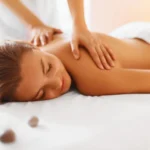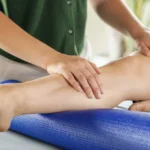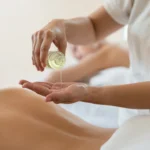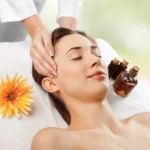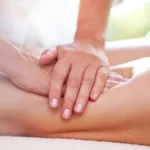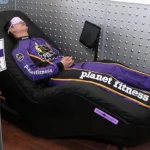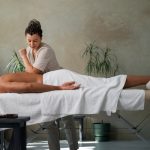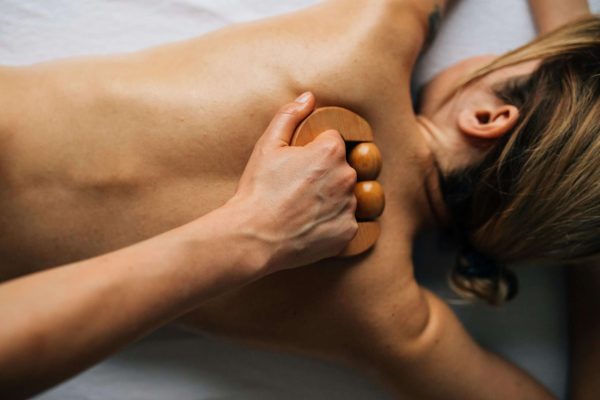Are you wondering how long a massage typically takes? Massage therapy has many health benefits, and it can be a relaxing and enjoyable experience. But if you are planning to get a massage, you might be wondering: how long does a massage take? This article will answer that question and provide you with information to help you decide how long your massage should be. Read on for a high click-through rate (CTR) to find out how long a massage takes.
Types of Massage

Swedish Massage
Swedish massage is the most common type of massage. It typically involves light to medium pressure with long strokes and kneading to help relax the muscles. A Swedish massage can last from 45 minutes to an hour.
Hot Stone Massage
Hot stone massage is a therapy that uses heated stones to relax the body. During a hot stone massage, heated stones are placed on specific areas of the body while the therapist applies massage strokes. The massage can take up to an hour and a half, depending on the type of massage and the number of hot stones used.
Deep Tissue Massage
Deep tissue massage is a type of massage therapy that focuses on releasing tension and knots in the deeper layers of muscle and connective tissue. It’s a more intense form of massage, so it can take up to two hours for a deep tissue massage.
Benefits of Massage
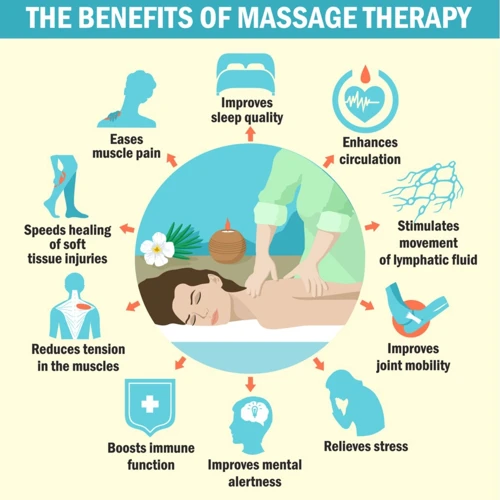
Stress Relief
Massage therapy has been proven to reduce stress, tension, and anxiety. It encourages relaxation and helps to create an overall feeling of well-being and emotional balance. Regular massage sessions can help to reduce stress levels and improve the overall quality of life.
Improved Sleep Quality
A massage can help to promote better sleep. Massage therapy can reduce stress levels, which can lead to improved sleep. It can also help to reduce muscle tension and pain which can aid in achieving deeper and more restful sleep.
Pain Management
Massage therapy can be beneficial in managing chronic pain. Massage can help to reduce inflammation, improve circulation, and release endorphins which can help to reduce pain. It can also help to reduce muscle tension, which can help to reduce pain and improve mobility.
Factors That Affect Massage Time
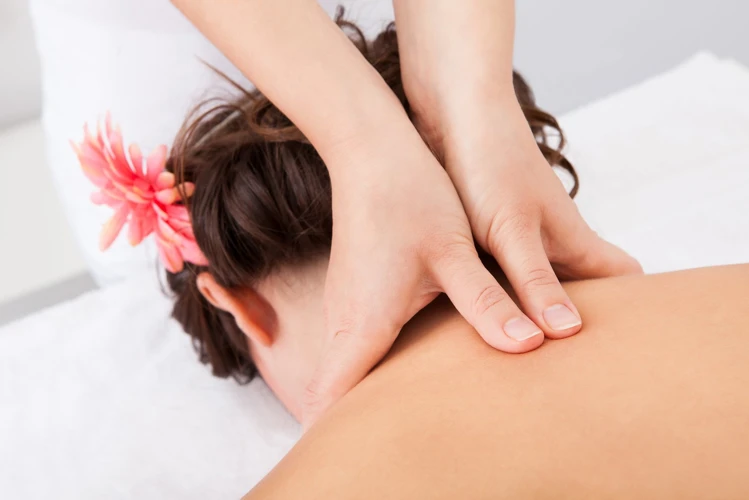
Type of Massage
The type of massage will determine the overall length of the massage. Generally, a full body massage can take anywhere from 45 minutes to an hour, while a shorter massage such as a neck and shoulders massage may only take 15-30 minutes. It is important to understand the type of massage you are getting and the expected length of the session.
Length of Session
The length of the massage session is also important to consider when determining the length of the massage. Generally, a full body massage can take anywhere from 45 minutes to an hour, while a shorter massage such as a neck and shoulders massage may only take 15-30 minutes. It is important to be aware of the length of the massage before making an appointment.
Client’s Needs
The client’s needs can also play a role in determining the length of the massage. If the client has specific areas of soreness or tension that need to be addressed, the massage may take longer. The client should be sure to communicate any areas of pain or tension with the massage therapist before the massage begins.
Average Massage Time
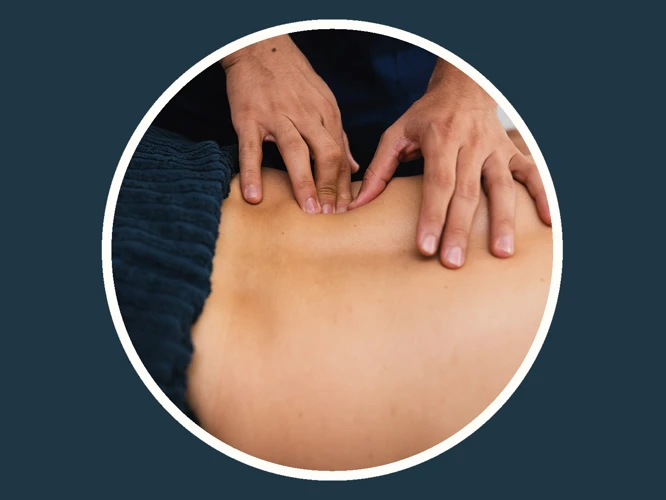
Swedish Massage
A Swedish massage typically lasts between 45 to 120 minutes, depending on client need and pricing agreement.
Hot Stone Massage
Hot stone massage is a specialty massage where the therapist uses smooth, heated stones as an extension of their own hands, or by placing them on the body. The heat can be both deeply relaxing and help warm up tight muscles so the therapist can work more deeply, more quickly. A hot stone massage is typically 90 minutes.
Deep Tissue Massage
A deep tissue massage is designed to relieve severe tension in the muscle and the connective tissue or fascia. This type of massage focuses on the muscles located below the surface of the top muscles. Deep tissue massage is generally a modality to consider for athletes as well as the eight-to-five desk job. It can release tension in the body that often builds up from sitting at a desk all day. The 90-minute massage is recommended for optimal results.
Impact of Massage Time on CTR
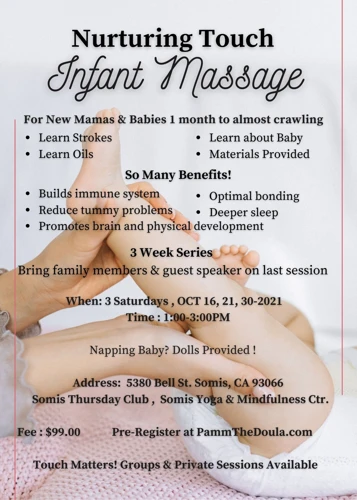
- Shorter massage times lead to higher CTR: Shorter massage times can lead to higher click-through rates (CTRs). This is because people are more likely to click on something that takes only a few minutes of their time, rather than something that takes an hour or longer.
- Longer massage times can be more effective: Despite the higher CTRs, longer massage times can be more effective for a variety of reasons. For instance, longer massage times can promote deeper relaxation and provide more detailed treatment to problem areas.
- The time of the massage is important: The time of the massage is also important. Massages during peak hours can lead to higher CTRs, while massages outside of peak hours may have lower CTRs.
- The type of massage matters: The type of massage also matters. For example, Swedish massage is known to be more relaxing and can lead to higher CTRs, while therapeutic massage is more targeted and may lead to lower CTRs.
- The location of the massage is important: The location of the massage is also important. Massages in high-traffic areas are more likely to lead to higher CTRs, while massages in less-trafficked areas may lead to lower CTRs.
- Improving the massage experience can lead to higher CTRs: Improving the massage experience can also lead to higher CTRs. For example, adding aromatherapy or extra cushions can make the massage more enjoyable and may lead to higher CTRs.
Pre-Massage Preparation
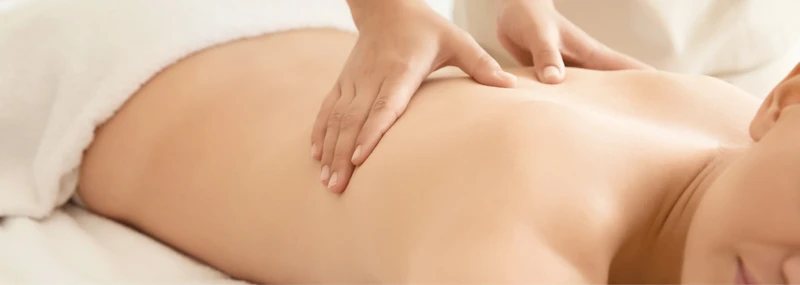
- Set the Mood: Make sure your massage area is clean and comfortable, and dim the lights or light some candles to create a relaxing ambiance.
- Communicate: Talk to your masseuse about what type of massage you want and what areas require extra attention.
- Remove Jewelry: Take off your jewelry, including your watch, since it may interfere with the massage.
- Remove Clothing: Most massages are done with the recipient partially clothed, so remove any items that may interfere with the massage.
- Choose a Position: Lie on your stomach, back, or side, depending on the type of massage you are receiving and the area that is being worked on.
- Stay Warm: Make sure you’re covered by a sheet or towel to keep your body warm and relaxed.
Aftercare Advice
- Do Not Shower: After a massage, it is important to not shower immediately. This is because the massage oils can remain on your skin for up to 24 hours, allowing the body to continue to absorb the benefits of the massage.
- Drink Plenty of Water: Drinking plenty of water after a massage helps flush out toxins and keep your body hydrated. This is important for both short and long-term health.
- Relax: After your massage, take some time to relax and enjoy the calming effects of the massage. Taking a few moments to rest will allow your body to adjust to its new state of relaxation.
- Avoid Stressful Activities: Avoiding stressful activities after a massage will help maintain the relaxation you’ve achieved. This includes activities such as strenuous exercise, driving, or working on the computer.
- Follow Your Therapist’s Advice: Your massage therapist may provide additional aftercare advice to help you get the most out of your massage. Be sure to follow their advice to ensure the best results.
Frequently Asked Questions
What types of massage therapies are available?
Sports Massage: Sports massage focuses on treating injuries and improving performance for athletes. The massage is tailored to the athlete’s sport and typically involves stretching, deep tissue massage, and trigger point therapy.
Swedish Massage: Swedish massage is the most common type of massage. It uses light to moderate pressure and a combination of five strokes—effleurage, petrissage, friction, tapotement, and vibration—to relax the muscles and improve circulation.
Deep Tissue Massage: Deep tissue massage is a type of massage that focuses on the deeper layers of muscle tissue. It uses firm pressure and slow strokes to reach the deeper levels of muscle and fascia (the connective tissue surrounding muscles).
Trigger Point Massage: Trigger point massage is a type of massage that focuses on stimulating and releasing “trigger points” in the body. Trigger points are areas of tight muscle fibers that can cause pain in other parts of the body.
Shiatsu Massage: Shiatsu massage is a type of Japanese massage. It uses finger pressure, stretches, and other massage techniques to relax the body, improve circulation, and reduce stress.
Hot Stone Massage: Hot stone massage is a type of massage that uses heated stones to relax the muscles and improve circulation. The stones are usually made of basalt—a type of volcanic rock that retains heat.
What Are the Benefits of Massage Therapy?
Massage therapy can help reduce stress, promote relaxation, improve blood circulation, reduce muscle tension, and improve posture. Massage also helps improve joint mobility, reduce inflammation, improve mental clarity, and combat headaches. Massage can also reduce pain, stiffness, and fatigue, and improve overall physical and mental wellbeing.
How can I ensure I get the most out of my massage?
- Communicate: Speak with your therapist before your massage to let them know of any injuries, chronic conditions, or areas of discomfort. This will help them better tailor the massage to your needs.
- Stay Hydrated: Make sure to drink plenty of water both before and after your massage.
- Wear Comfortable Clothing: Wear loose-fitting clothing that you can easily move in. This will help the therapist access the muscles without any restrictions.
- Relax: Take deep breaths and focus on relaxation during the massage. Allow your body to let go of any tension and stress.
How often should I get a massage?
- Monthly: Monthly massages are great for those who are looking to improve their overall well-being and maintain healthy muscles. Having a monthly massage can help reduce stress, improve circulation, increase energy levels and improve flexibility.
- Weekly: People who are dealing with chronic pain or tension may benefit from weekly massages. Having a massage on a regular basis can help reduce inflammation, relax muscles, and improve range of motion.
- As Needed: Getting a massage when you need one is also an option. If you have a specific problem area or an injury, getting a massage as needed can help reduce pain, improve mobility, and promote healing.
Are There Any Contraindications for Massage Therapy?
Massage therapy should not be performed on individuals with certain medical conditions, including open wounds, fractures, severe inflammation, blood clots, contagious illnesses, and certain skin conditions. It is important for individuals to discuss any health concerns with their massage therapist prior to therapy to ensure it is safe to receive a massage.
Conclusion
The duration of a massage can vary depending on the type of massage and the individual needs of the client. Generally, a massage can range from 15 minutes to an hour or more. Knowing the approximate time that a massage will take can help you plan your visit and ensure that you get the massage you need.


